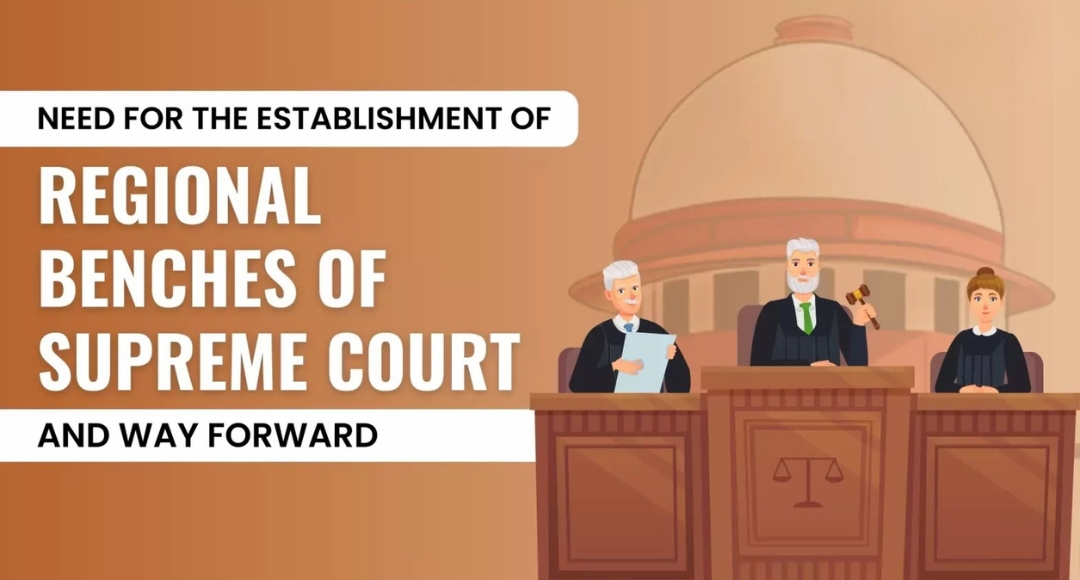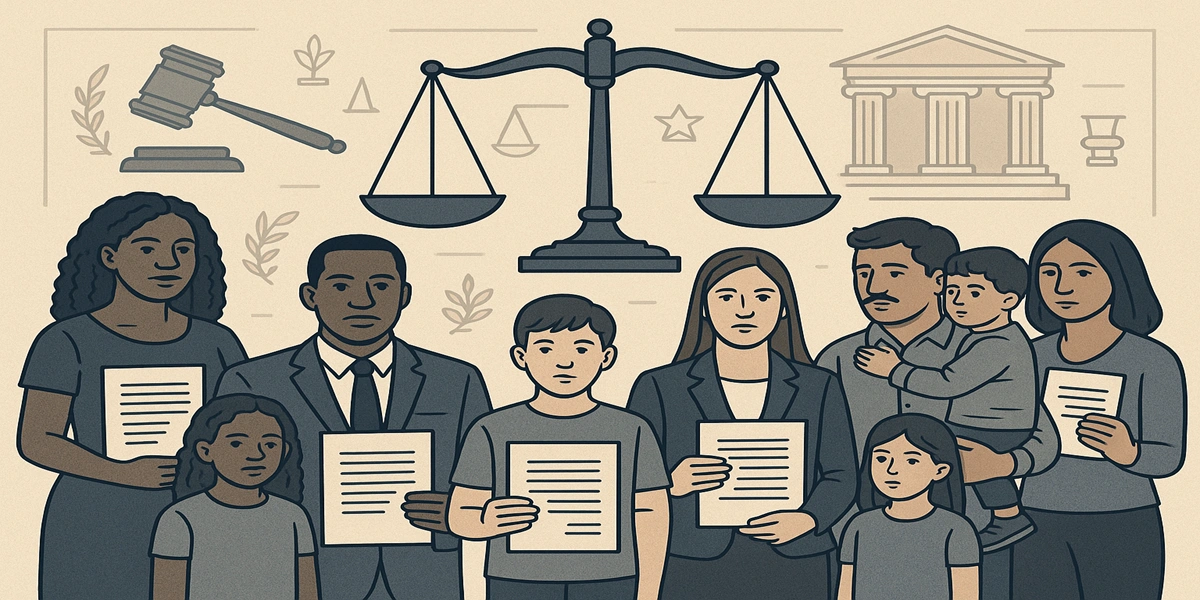Imagine waiting years, sometimes even decades, for your voice to be heard in court. For thousands of Indians, this isn’t just a fear it’s a harsh reality. The Supreme Court of India, the guardian of our Constitution and rights, currently faces an overwhelming burden: over 81,000 pending cases. This isn’t just a number; it’s a reflection of delayed justice, families stuck in legal limbo, and constitutional matters hanging in the balance.
It’s frustrating, especially for ordinary people who approach the court with hope, only to be caught in an unending wait. But here’s the silver lining solutions do exist. And the good news is, many of them are within the Court’s own control.
Why Is the Court So Overwhelmed

At the heart of the problem lies a cycle of inefficiencies and outdated practices. One of the biggest time-drainers? “Miscellaneous Days” Mondays and Fridays when the Court doesn’t decide cases, but only filters which ones deserve to be heard. On average, only 13 out of every 100 cases make it past this stage, and yet nearly half the Court’s working days are consumed by these brief, speculative hearings some lasting less than two minutes.
This process not only wastes valuable time but keeps people waiting while their futures remain uncertain.
A Smarter Way to Filter Cases
There’s a better, more humane way forward. Instead of filling the courtrooms with oral arguments for every minor issue, judges could rely on written submissions a method already used for Review Petitions. Only when a case needs deeper discussion should it be scheduled for hearing. This change would give judges the breathing room they need to focus on what truly matters deciding important cases, not sorting through endless piles of paper.
By amending its own rules (a power the Court already holds), the Supreme Court can cut down the backlog without waiting on government intervention.
Bringing Similar Cases Together
Currently, cases are often scattered randomly across benches, making the process slower and less consistent. But what if the Court grouped similar cases together like all pension disputes against one employer or all land disputes from a single district and assigned them to the same bench? This would make judgments more consistent, quicker, and fairer.
Grouping like this would also prevent lawyers from gaming the system to get their case in front of a preferred judge, leading to a more ethical, transparent process.
The Promise of Real Digital Transformation
While we talk about e-filing, the truth is that India’s current system is still far from digital. Most documents are PDFs, often scanned images that can’t be read by machines, leading to delays due to trivial formatting errors.
But if lawyers could enter their information directly into smart digital forms, the Court would gain access to a wealth of structured data helping it sort, group, and prioritize cases more effectively. This would also lay the foundation for future technologies like Artificial Intelligence to assist in managing the caseload, something that’s already being explored globally.
Making Data Work for Justice
With the right data, the Court could quickly identify cases that need urgent attention such as those where someone has already served half of their sentence while waiting for an appeal. Small tax disputes or low-sentence criminal cases could be fast-tracked and resolved in special sittings, giving people faster closure.
But without quality data, even the most advanced technology is helpless. That’s why building a true digital system is not just about saving time it’s about restoring faith in justice.
Institutional Wisdom Over Individual Vision
One major reason past reforms have failed is the lack of continuity. Each new Chief Justice may have a different vision, and long-term solutions get lost in transition. That’s why there’s a need for a permanent, dedicated body within the Supreme Court that focuses solely on studying and implementing solutions to reduce pendency.
This expert body should combine legal minds with data scientists, publish transparent reports, and build strategies that every future Chief Justice can stand behind. Only then can the Court build a lasting solution not a temporary patch.
Hope for the Future

Justice delayed is justice denied but it doesn’t have to be this way. The Supreme Court has the power, the tools, and now, the awareness to change its course. What it needs is the courage to prioritize long-term reforms over short-term routines. For every case file gathering dust, there’s a life waiting for resolution. It’s time we put people over process, and purpose over paperwork.
Disclaimer: This article is written for educational and informational purposes only. The views expressed here are based on independent analysis and do not reflect the official stance of the Supreme Court or any legal authority. Readers are encouraged to refer to official judicial communications and government releases for formal updates
Also Read:
Supreme Court CBI Probes Should Be Ordered Only in Rare and Exceptional Cases
Supreme Court Sets 3 Month Deadline for President to Decide on Bills Reserved by Governors
Supreme Court on Marine Insurance: Unreasonable Terms Cannot Deny Justice






